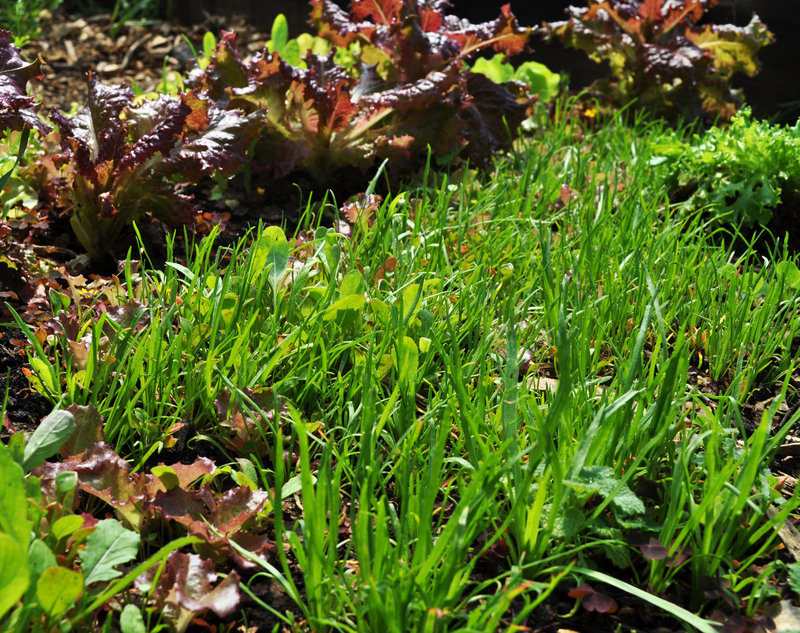My friend Bob would shudder if he knew that I planted plantain today.
Like many homeowners, he loves his lawn. And plantain — the weed — is one of the banes of a lawn, along with grubs and their attendant skunks.
But I wasn’t planting just any old plantain. I’m growing the salad-green kind (Plantago coronopus). This plantain is a different species from the ones that invade Bob’s lawn.
Like its weedy relatives, plantain the salad green comes from Europe. Records there indicate that humans have enjoyed munching on it since the 16th century.
If it is to become popular here, however, it will undoubtedly need a new name, something that sounds more pleasant and distinguishes it from plantain the weed, as well as from plantain the tropical fruit, a close relative of the banana.
After all, how popular were avocados when they were known as alligator pears?
Salad plantain’s European names include corne-de-cerf, or star-of-the-earth. In the United States, it often goes by its Italian name, erba stella, which has a nice ring to it and is my name of choice.
As might be expected of a close relative of plantain the weed, erba stella is very easy to grow. It tolerates cold weather as well as warm, a trait shared by kale, collards and Swiss chard but few other greens.
Hence, erba stella can be sown in early spring, summer or even late summer.
I plant the tiny seeds in long furrows and then harvest by slicing the tops off plants in a different part of the row each time with a knife; new leaves sprout quickly. Even when erba stella gets old, though, it retains its good flavor and texture.
So what does erba stella taste like? It makes for good eating, with texture overshadowing the relatively mild flavor. The leaves grow in a low whorl like those of plantain the weed, but are narrow and refreshingly crunchy. Even the flower spikes retain that pleasant crunchiness.
Bite into the raw leaves of plantain the weed, in contrast, and you’ll end up with a mouthful of strings from the tough veins lining each leaf. Plantain the weed has been eaten, but as a boiled potherb.
Bob and some of you readers may still worry about deliberately planting a near-weed. Erba stella is, admittedly, not far removed from the wild. The larger size and increased succulence of cultivated plants come not from breeding but from their being planted in rich, moist garden soil.
Still, fear not. First of all, erba stella is an annual. Plantain the weed has much more opportunity to establish itself and spread because it is a hardy perennial.
Second, despite repeatedly finding its way across the Atlantic as an accidental tourist in ships’ holds, erba stella has never ventured out into the wild here.
As for Bob, I’ll give him a taste of plantain the salad green — I mean erba stella – before I tell him what it is. Then he’ll understand why I planted it.
Send questions/comments to the editors.



Success. Please wait for the page to reload. If the page does not reload within 5 seconds, please refresh the page.
Enter your email and password to access comments.
Hi, to comment on stories you must . This profile is in addition to your subscription and website login.
Already have a commenting profile? .
Invalid username/password.
Please check your email to confirm and complete your registration.
Only subscribers are eligible to post comments. Please subscribe or login first for digital access. Here’s why.
Use the form below to reset your password. When you've submitted your account email, we will send an email with a reset code.